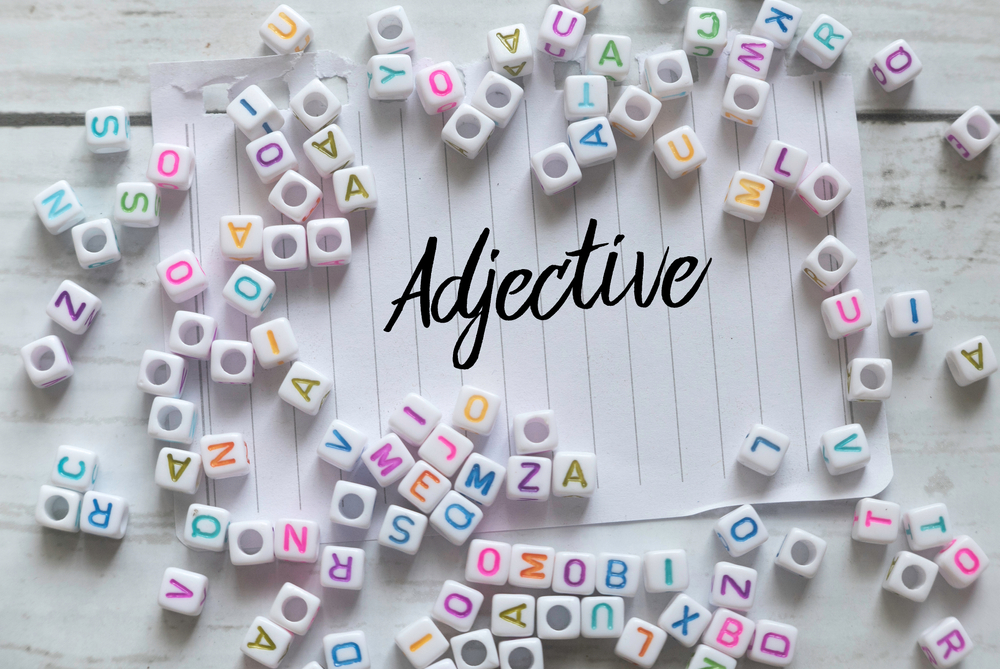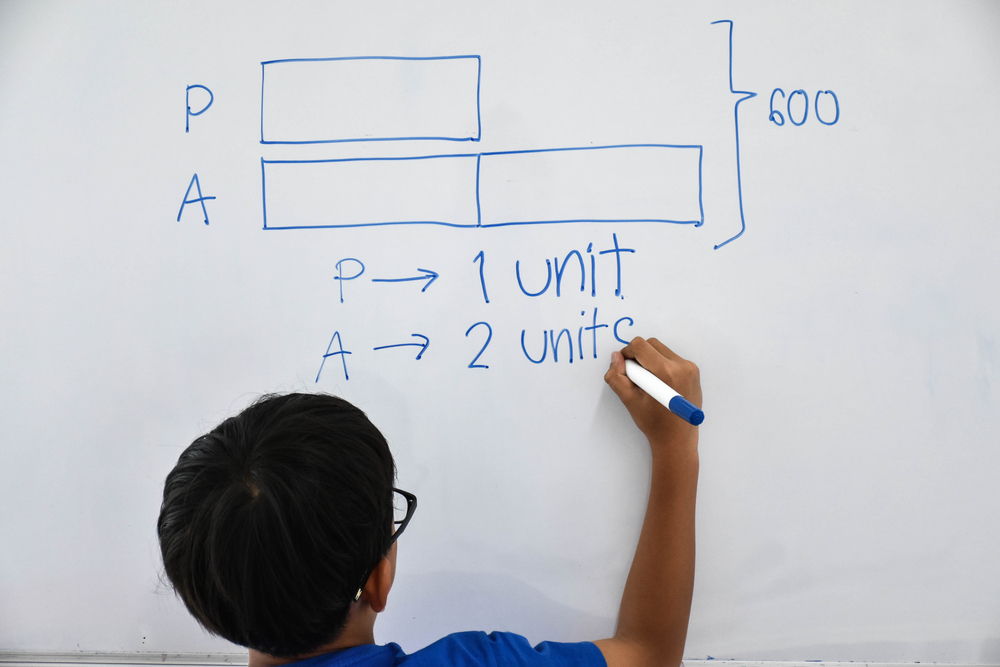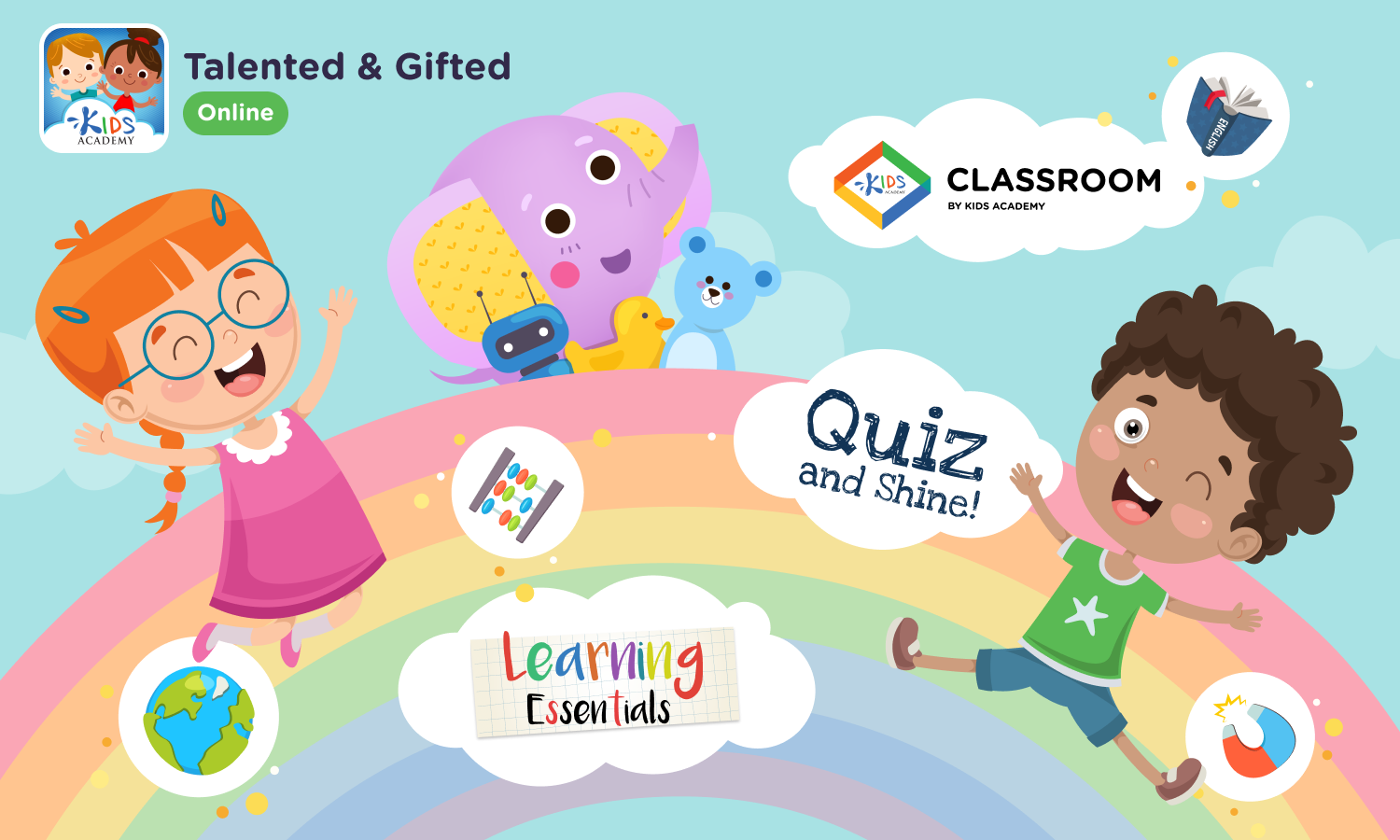Color recognition Reading Worksheets for Ages 5-6
28 filtered results
-
From - To
Discover the delight of learning with our "Color Recognition Reading Worksheets for Ages 5-6". These engaging worksheets are designed to help young learners identify, name, and differentiate colors while developing vital reading skills. Featuring vibrant illustrations and fun activities, each worksheet guides children through a colorful journey of learning. Perfect for preparing kids for reading readiness, these resources blend education with creativity, stimulating curiosity and reinforcing knowledge. Foster your child's color recognition and reading abilities with our expertly crafted, easy-to-use worksheets, available for instant download. Encourage a love of learning through color and exploration today!


Red and Blue Coloring Fun Worksheet
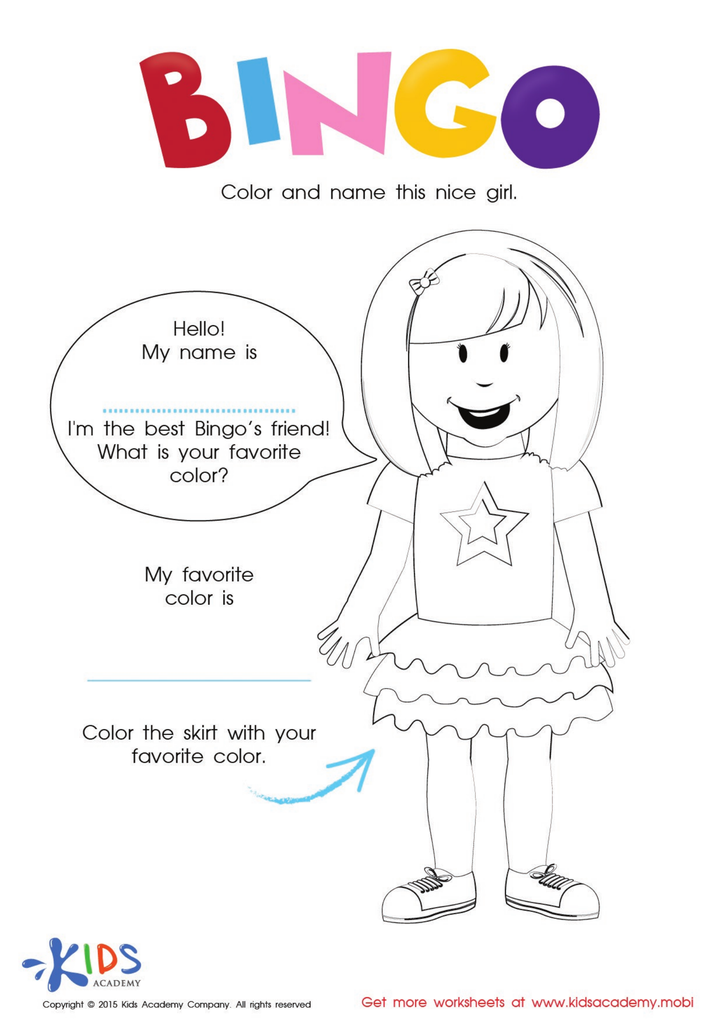

The Bingo Song: Coloring The Girl Worksheet


Yellow and Green Coloring Fun Worksheet


Pre–reading Worksheet: What Do You See?


Little Blue Belle Worksheet
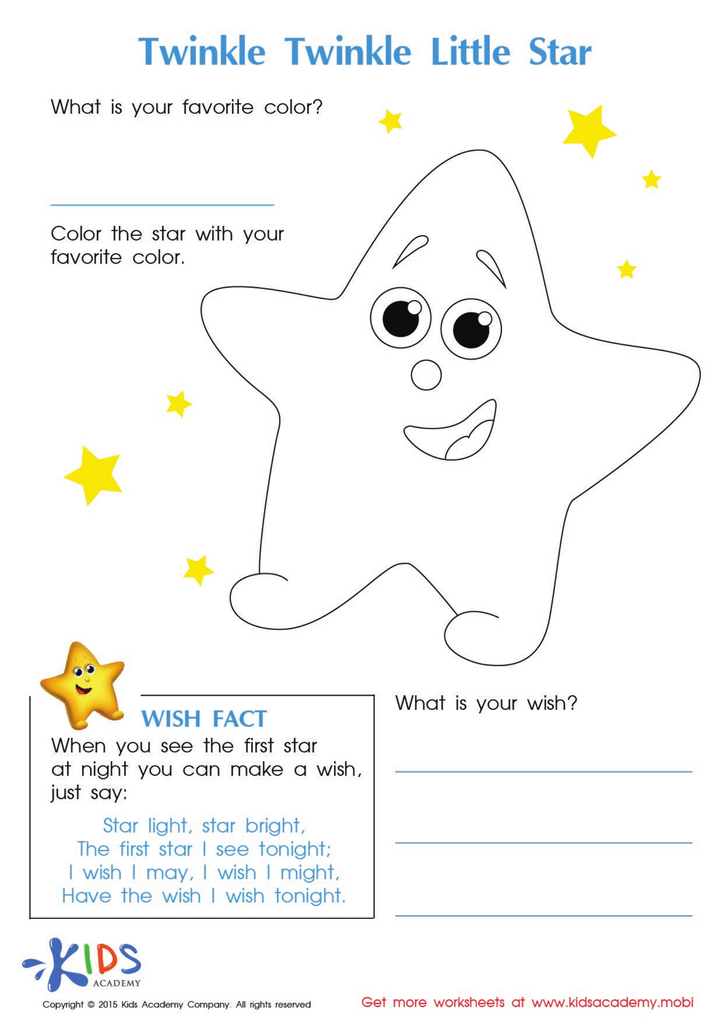

Twinkle Little Star Coloring Worksheet


Twinkle Twinkle Little Star Coloring Page
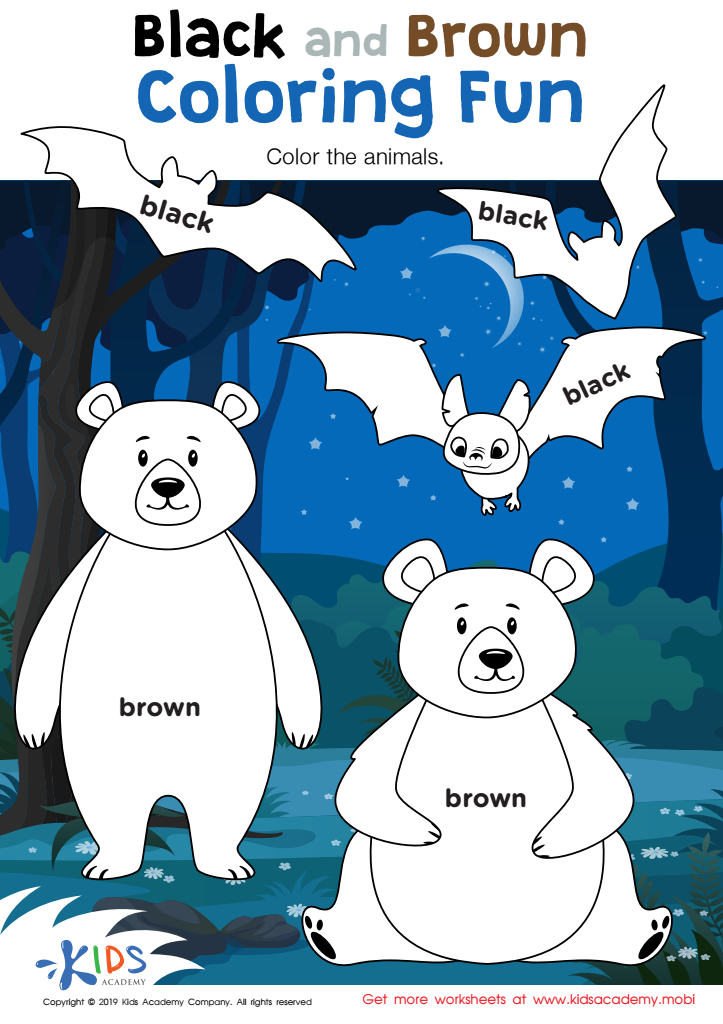

Black and Brown Coloring Fun Worksheet


Baby Pandas Worksheet


Purple and Orange Coloring Fun Worksheet
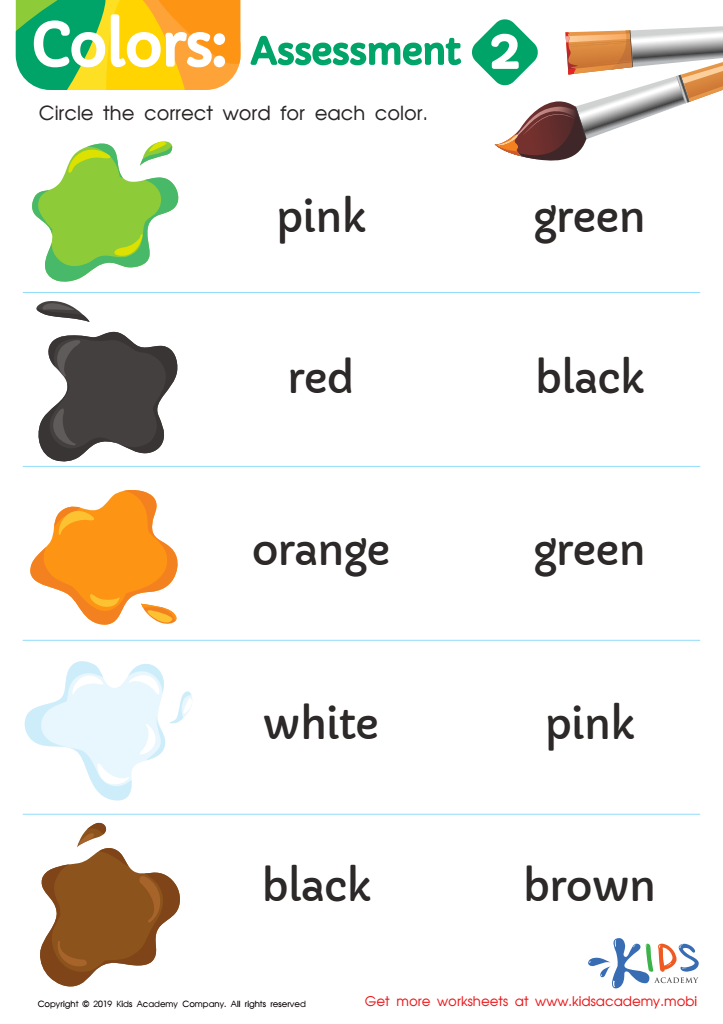

Colors: Assessment 2 Worksheet


Colors: Assessment 1 Worksheet
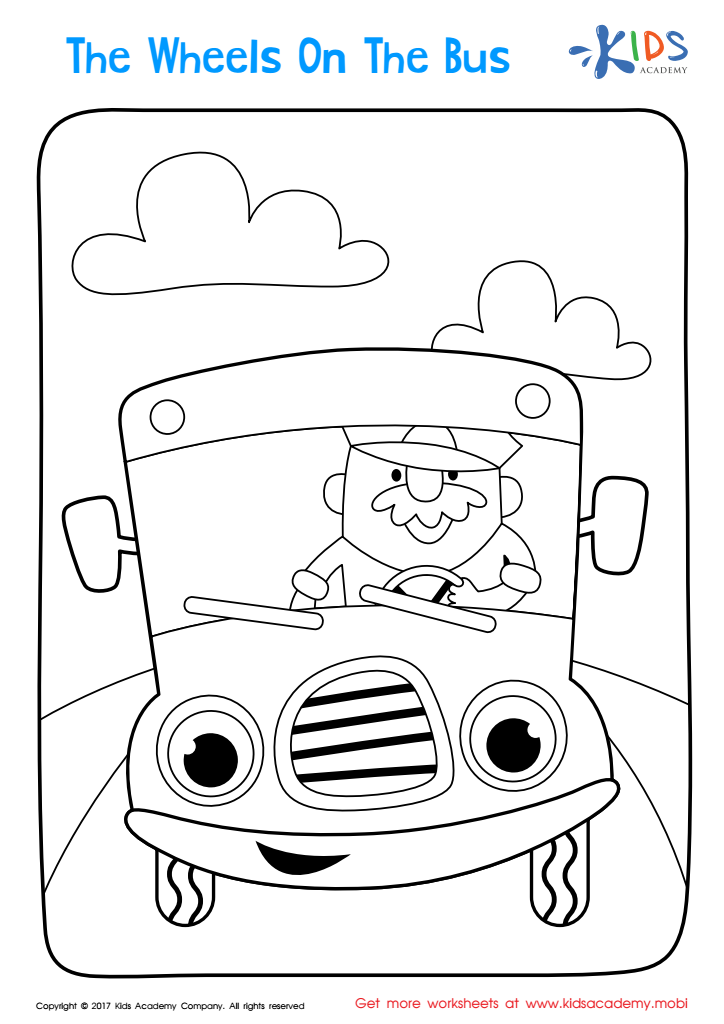

The Wheels on the Bus Coloring Page
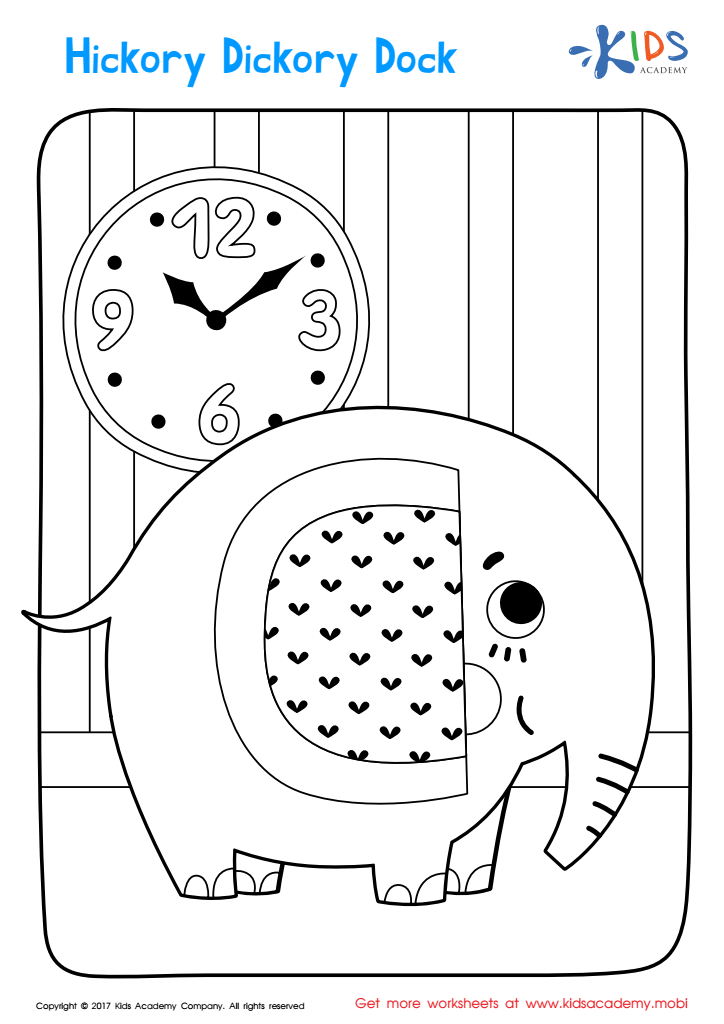

Hickory Dickory Dock Coloring Page
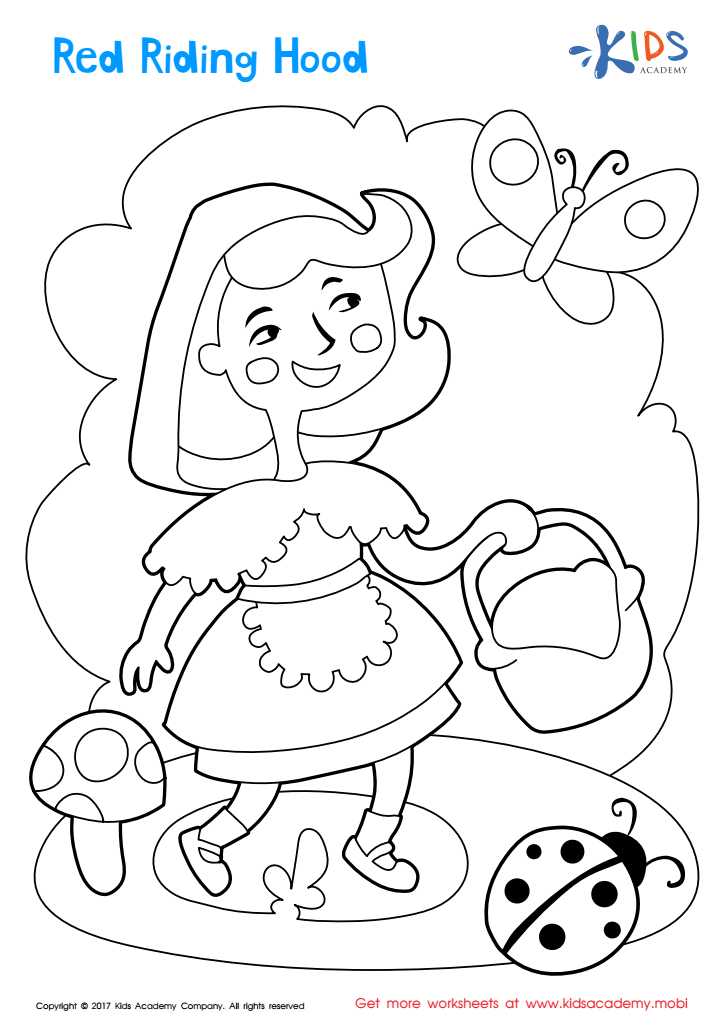

Red Riding Hood Coloring Page
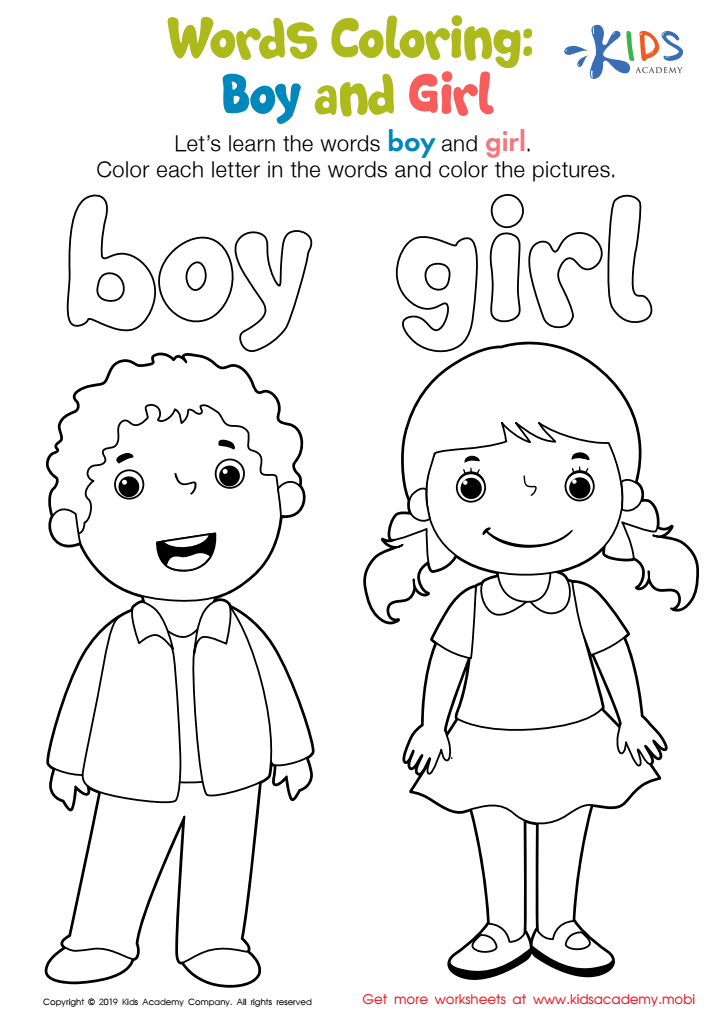

Boy and Girl Words Coloring Worksheet
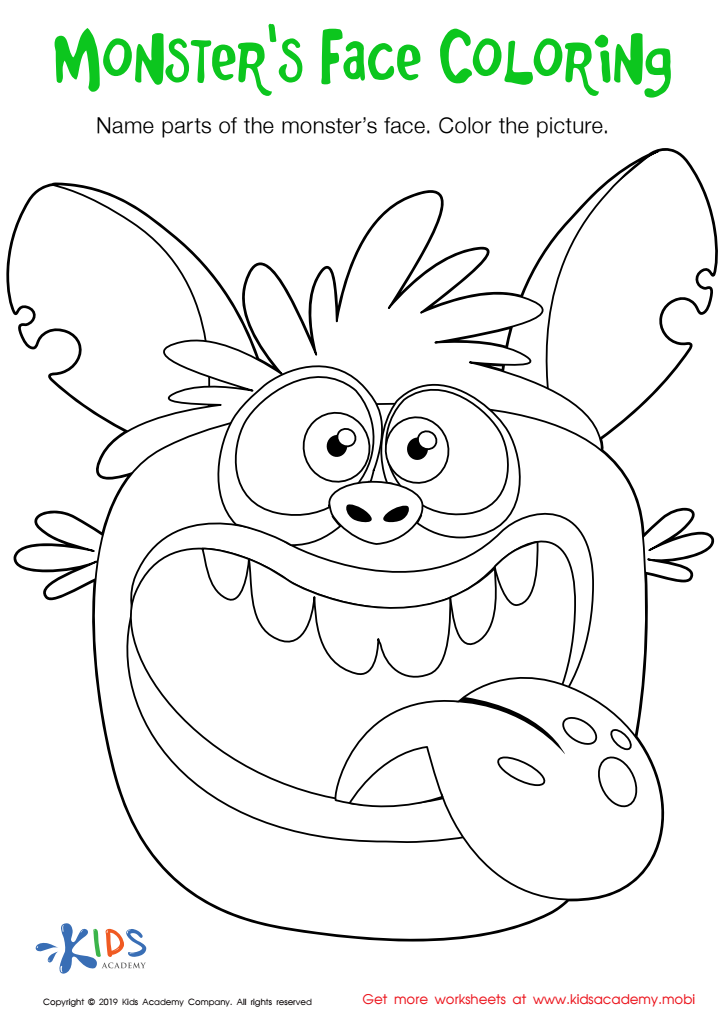

Monster's Face Coloring Worksheet


Tired and Worried Words Coloring Worksheet
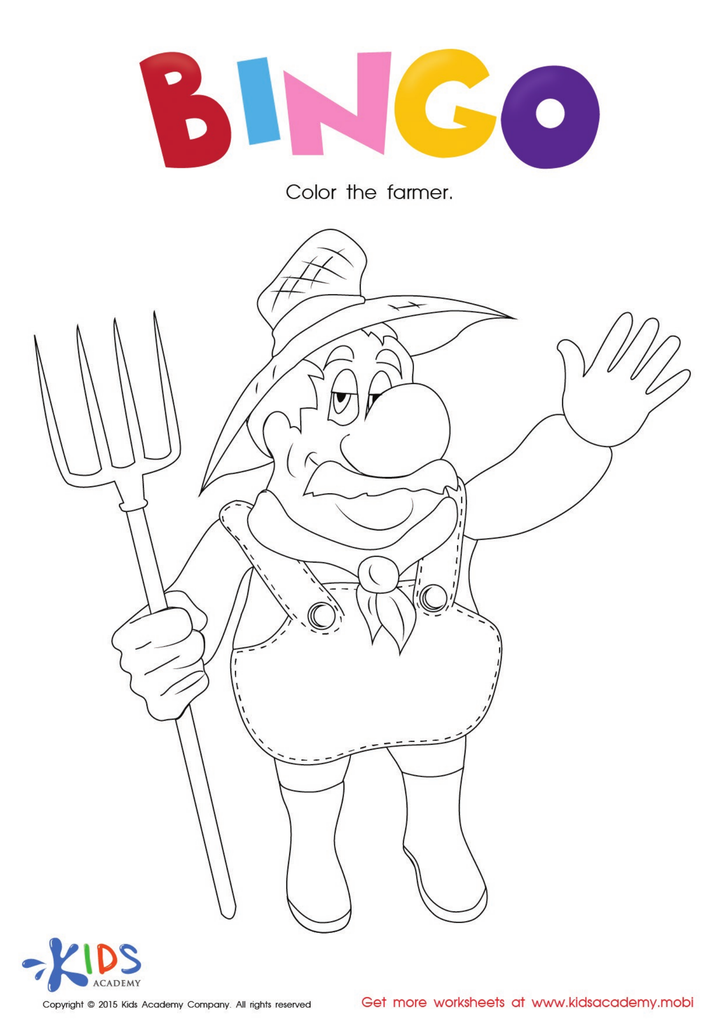

The Bingo Song: Coloring The Farmer Worksheet
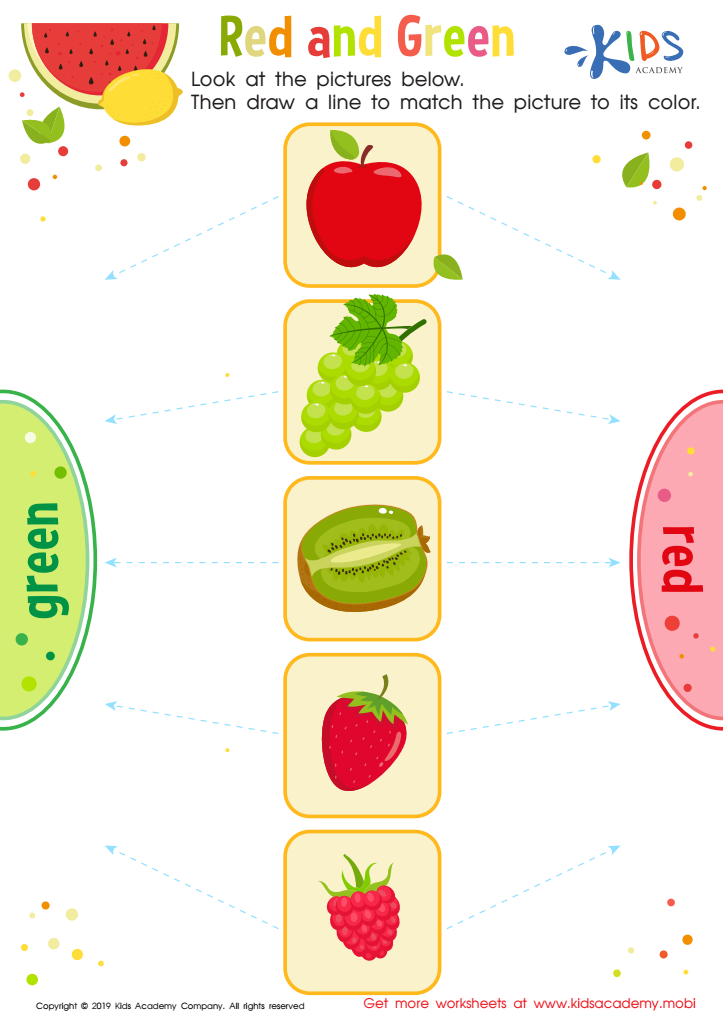

Red and Green Worksheet
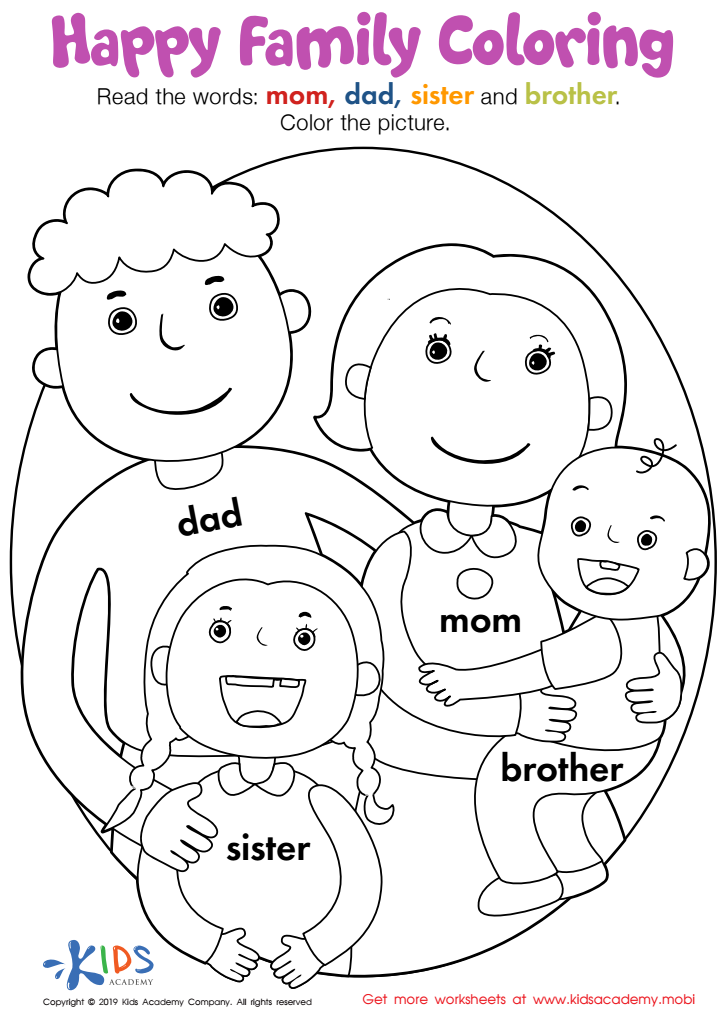

Happy Family Coloring Worksheet
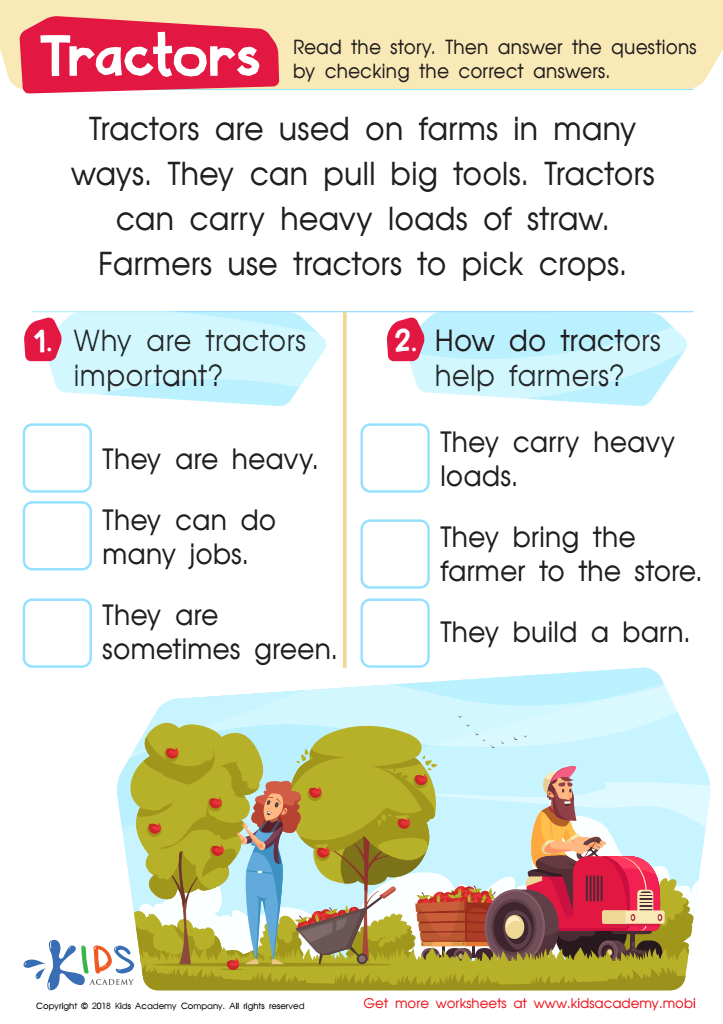

Tractors Worksheet


White and Pink Coloring Fun Worksheet
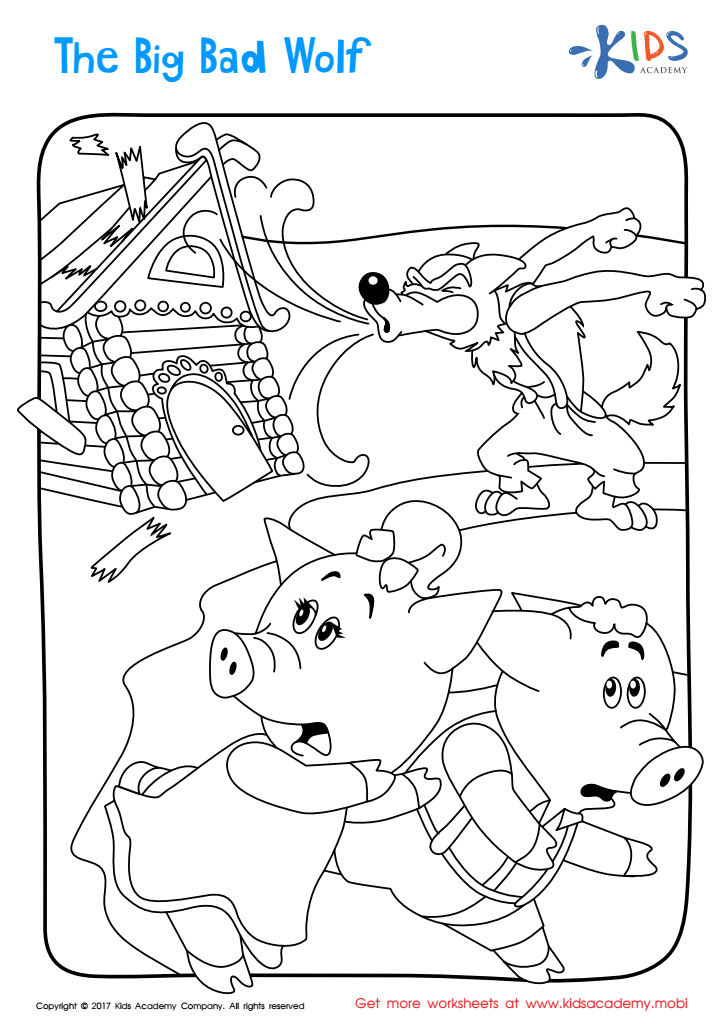

Big Bad Wolf Printable Coloring Page
Color recognition is a fundamental cognitive skill that significantly benefits young learners, particularly those aged 5-6. Understanding and identifying colors aids in the development of several core educational areas, including language and literacy. When children learn the names of colors, they expand their vocabulary, which enhances their overall communication skills. It's a foundational step in reading, as they begin to associate words with visual elements in their environment.
Moreover, color recognition also supports cognitive development by encouraging children to categorize and differentiate between objects. This categorization is critical for understanding more complex concepts as they progress in their education. In subjects like math, for example, recognizing and distinguishing colors can help in sorting, pattern recognition, and sequencing activities, all of which are key to early numeracy skills.
Socially and emotionally, being able to name and recognize colors allows children to describe their worlds more precisely and confidently, which is instrumental in their interactions both in the classroom and at home. It also fosters creativity and self-expression, especially in artistic activities, where color choice and use can convey feelings and ideas.
In sum, color recognition enriches a child's learning experience, paving the way for academic achievement and effective interpersonal communication, making it crucial for parents and teachers to prioritize this skill in early education.

 Assign to My Students
Assign to My Students


